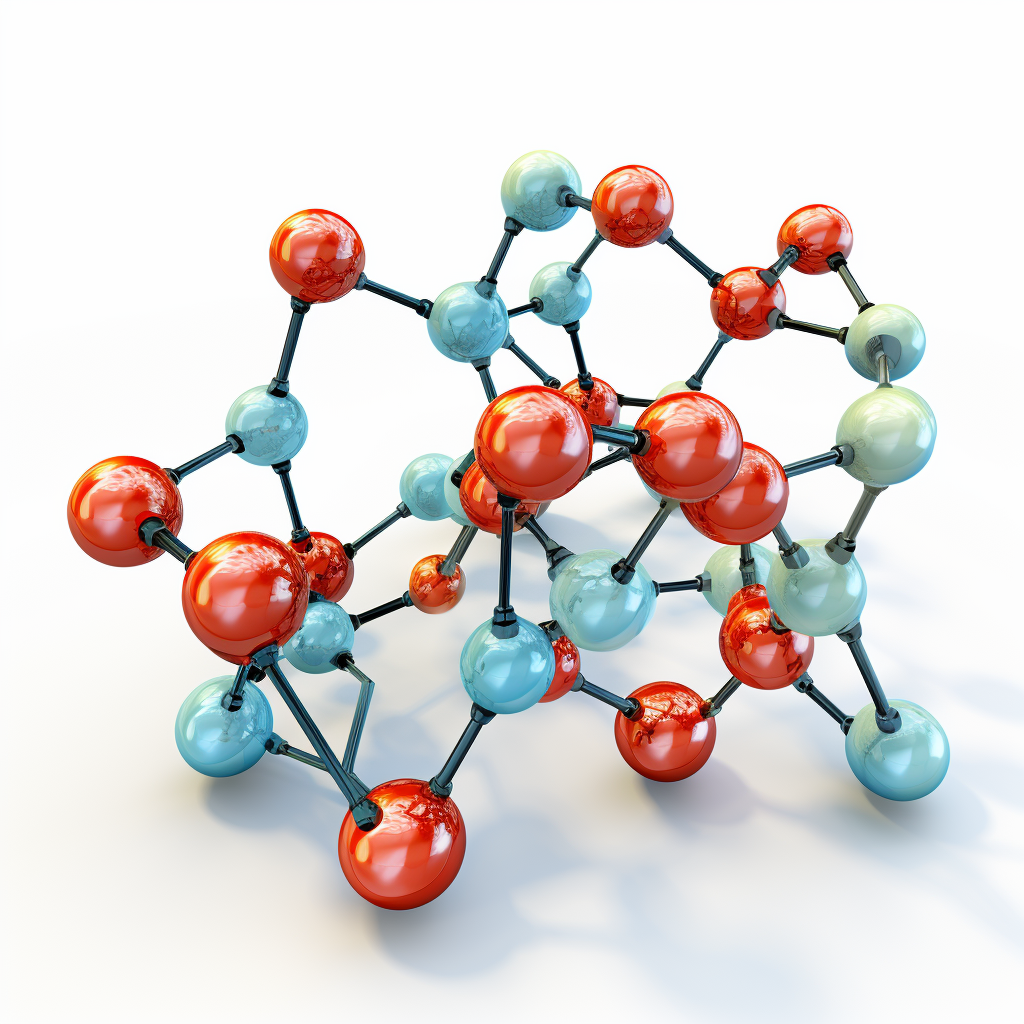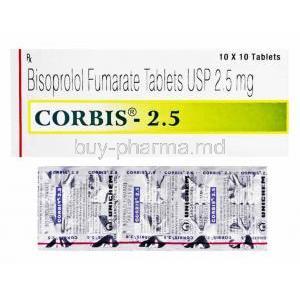Sitagliptin
I. Introduction to Sitagliptin
Sitagliptin, a component of antidiabetic medications, is well known for its effectiveness in regulating blood sugar levels. This medication has played a role in revolutionizing the treatment options for Type 2 diabetes.
Originating in the 21st century, Sitagliptin emerged from extensive research aimed at improving diabetes management. Its development marked a breakthrough in the study of dipeptidyl peptidase 4 (DPP 4) inhibitors, ushering in a new era of diabetes care.
In medical practice, Sitagliptin is highly regarded for its role in a comprehensive approach to managing diabetes. Its inclusion in treatment protocols signifies a shift towards individualized and patient-focused therapies.
II. Composition of Sitagliptin
Sitagliptins molecular structure showcases the advancements in pharmacology. Its unique configuration allows interaction with the DPP 4 enzyme, leading to targeted therapeutic effects.
Different formulations of the drug are offered to accommodate patient requirements and preferences. These include tablets and combination pills, which aim to improve patient adherence and enhance treatment effectiveness.

III. How Sitagliptin Works
- How Sitagliptin Works: Sitagliptin functions by blocking the DPP 4 enzyme, which enhances the body's natural ability to regulate blood sugar levels after meals.
- Understanding its Effects: The drug's interaction with pathways significantly increases incretin levels, ultimately triggering insulin secretion in response to glucose levels.
- How it is Processed in the Body: Sitagliptin is known for its absorption and extended duration of action, ensuring consistent effectiveness. This makes it a reliable and fundamental component of diabetes treatment.
IV. Uses of Sitagliptin
Sitagliptin is a medication used to control blood sugar levels in patients with Type 2 diabetes. It is commonly prescribed either on its own or as part of a combination treatment plan1. Sitagliptin is often combined with medications for diabetes management as it has been shown to work synergistically. This approach not only improves blood sugar control but also reduces the risk of adverse effects that may occur with using just one medication1. Ongoing research is investigating the potential of Sitagliptin in treating metabolic disorders indicating that its role goes beyond traditional diabetes management1. 1: MIMS Philippines
V. Off-Label Uses of Sitagliptin
Sitagliptin is currently being studied for its effectiveness in other metabolic disorders such as obesity and polycystic ovary syndrome (PCOS) 1. However, it is important to maintain ethical considerations and guidelines when considering off-label use of Sitagliptin to prioritize patient safety and informed consent 2. 2: Drugs.com. 1: EMHJ.
VI. Dosage and Administration of Sitagliptin
Regarding the amount of Sitagliptin to take, it's essential to carefully consider the patient's medical situation and adjust for effectiveness and tolerance.
Depending on factors like renal impairments or age, special populations may require different dosages to ensure the best possible treatment results while minimizing potential risks.
Sitagliptin can be personalized based on needs, offering choices such as oral tablets or combination doses to make it easier for patients to stick to their treatment plan and feel comfortable.
VII. Side Effects of Sitagliptin
Possible Side Effects; Identification and Management: Although generally well tolerated, Sitagliptin can cause side effects such as cold like symptoms, headaches, and infections of the upper respiratory tract. It is essential to have strategies in place to address these effects effectively.
Serious Side Effects and Risk Factors: While rare, severe adverse reactions are associated with Sitagliptin, including pancreatitis and hypersensitivity reactions. These require medical attention and a thorough evaluation of the risks versus benefits before starting treatment.
Long-Term Effects and Monitoring: For patients with Type 2 diabetes who use Sitagliptin over time, ongoing monitoring is necessary to detect potential long-term adverse effects. This helps ensure a sustainable treatment approach.
VIII. Interactions with Other Medications
Drug Interactions: It is essential to be aware of the interactions that can occur when taking Sitagliptin with other medications. Specifically, combining it with sulfonylureas or insulin can increase the risk of hypoglycemia; careful monitoring and dosage adjustments are necessary.
- Additionally, your dosage may need to be modified if you are taking antibiotics or antifungals along with Sitagliptin.
- Understanding these interactions is crucial for healthcare providers to ensure the possible treatment outcomes.
Sitagliptin and Food Interactions: While Sitagliptin is not as affected by food interactions as some antidiabetic medications, it's still important to be mindful of specific interactions. For example, grapefruit juice can impact how the drug is metabolized. Managing
Challenges of Polypharmacy: Dealing with medications (polypharmacy), especially among older adults and those with multiple health conditions, requires a careful approach to navigating the complex web of potential drug interactions.

IX. Contraindications and Warnings
Absolute contraindications: Sitagliptin should not be used in individuals who have had an allergic reaction to the medication, such as anaphylaxis or angioedema, as well as those with diabetic ketoacidosis. Situations requiring caution: It is essential to be cautious when using sitagliptin in patients with conditions.




























